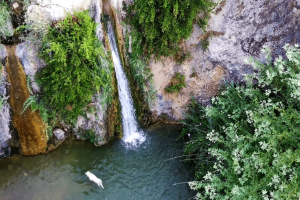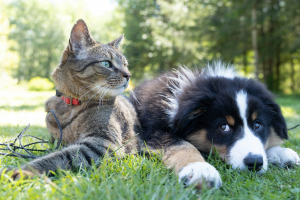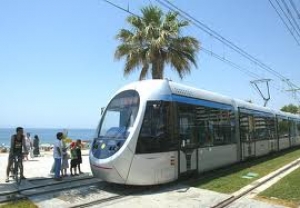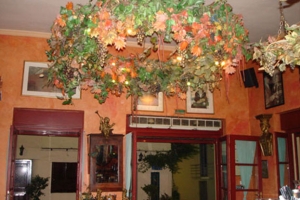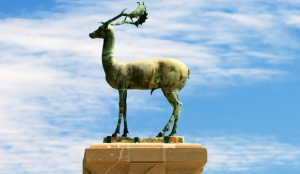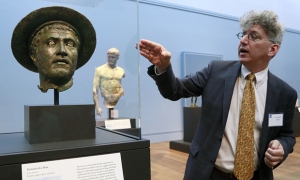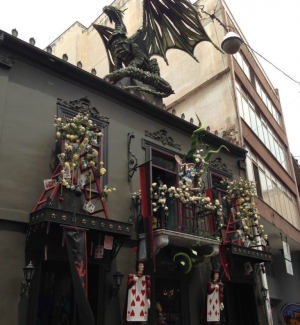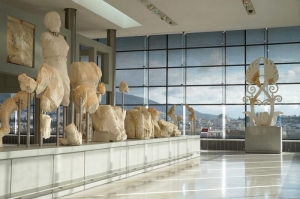It is betaine that causes some people to pass reddish coloured urine, called beeturia, after eating beets. It’s a harmless side effect that will subside once the food leaves your system.
Betaine acts as an antioxidant and also helps fight inflammation in the body, a risk factor for many chronic diseases. Research has shown that people who consume the most betaine from foods – versus the least – have lower blood levels of inflammatory immune compounds, including C-reactive protein.
Beets are good for your liver, too. That’s because the liver uses betaine to neutralize toxins so they can be removed from the body. Beets also offer plenty of folate, a B vitamin used to create and repair DNA and make red blood cells. And beets are a good source of potassium, a mineral that helps keep blood pressure in check.
It’s true that beets have more natural sugar than other vegetables (although considerably less than fruit), but they are still low in calories. One-half cup of cooked beets, for example, delivers only 37 calories. (The same serving size of broccoli has 27 calories.)
If long cooking times deter you from eating beets more often, oven roast or boil whole, unpeeled, scrubbed beets in advance. That way it takes only a few minutes to heat them or add them to a salad. Or, cut unpeeled medium-sized beets into quarters and steam them for 15 minutes. You can also grill slices of raw beets, brushed with olive oil, for eight to 10 minutes per side.
Per serving, cooked beets have nearly twice as much betaine as raw beets. Folate and potassium are similar for cooked and raw beets, provided you cook them in their skin.
Don’t stop at the beetroot. Beet greens are also packed with nutrition, in particular beta-carotene and lutein, an antioxidant that helps maintain healthy vision. Toss washed beet greens into salads, add them to soups and pasta sauces, or sauté them in olive oil and crushed garlic until tender.
Beet nutrition
Per 1/2 cup of cooked, sliced red beets:
37 calories
0 grams fat
1.7 grams fibre
6.7 grams sugar
259 mg potassium
68 mcg folate
217 mg betaine
Beets seven ways
Go raw. Add grated raw beets to salads, coleslaw and wraps.
Blend. Purée chopped, cooked beets into a fruit or green smoothie.
Roast. Include beets in a medley of oven-roasted root vegetables, such as carrots, parsnips and turnips. Beets take longer to cook than other vegetables, so pre-roast them, then add to the other vegetables near the end of their cooking time.
Sauté. Heat chopped, precooked beets in olive oil with freshly squeezed orange juice and grated orange rind. Garnish with chopped chives.
Toss. Serve sliced roasted or grilled beets over a bed of greens. Add orange slices, toasted walnuts and a sprinkle of feta or goat’s cheese.
Slurp. Enjoy a bowl of borscht, a traditional Russian soup made with beets.
Snack. Bake beet chips by tossing peeled and thinly sliced beets (use a mandolin) with olive oil. Spread slices evenly on a baking sheet; bake at 200 C until crispy. Sprinkle with sea salt.
By Leslie Beck



